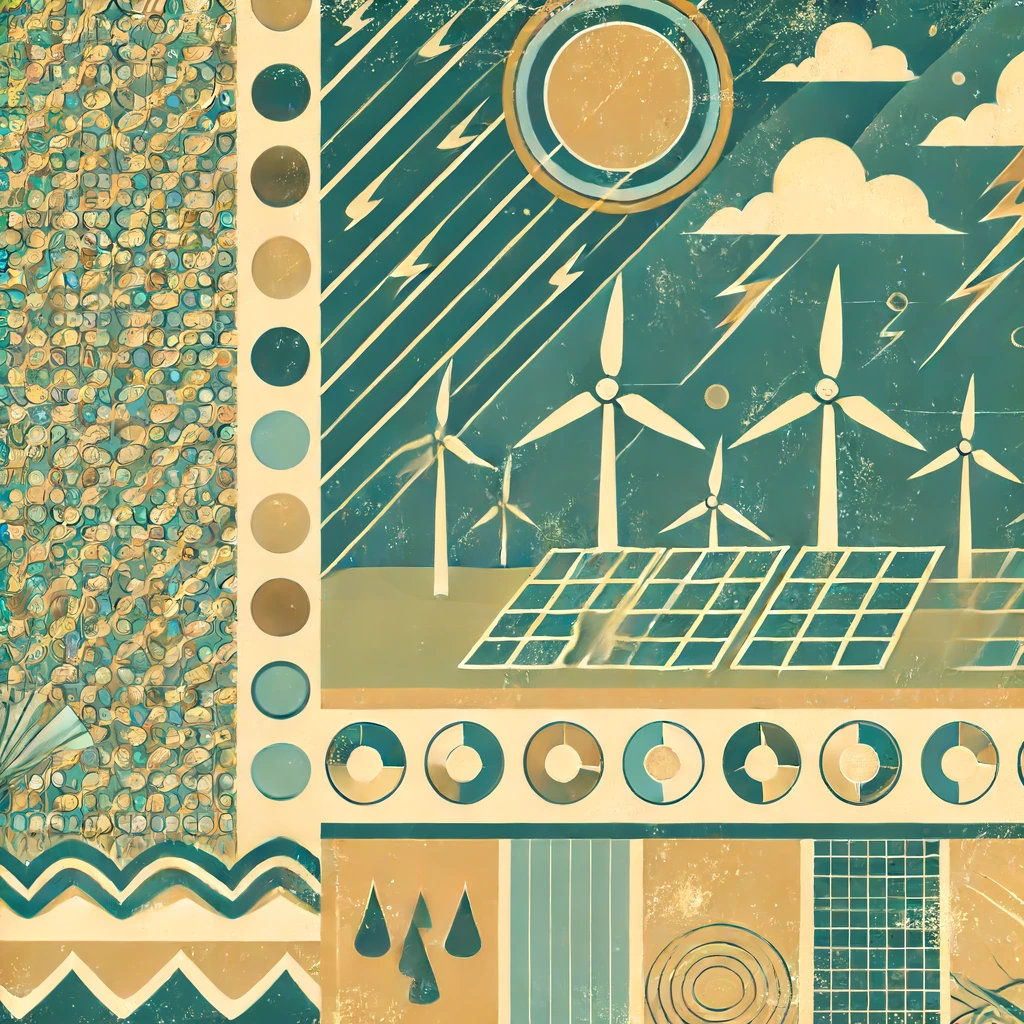As the world increasingly turns to renewable energy sources to combat climate change and reduce reliance on fossil fuels, it is essential to recognize that these green technologies are not immune to the effects of climate change. Extreme weather events and changing climate patterns pose significant risks to the stability and reliability of renewable energy production, particularly for solar and wind power. Understanding these economic impacts is crucial for developing resilient and sustainable energy systems in the future.
Economic Vulnerabilities of Solar Power
Solar power, one of the fastest-growing segments of the renewable energy market, is highly dependent on consistent and predictable sunlight. However, climate change is altering weather patterns in ways that can significantly affect solar energy production.
- Reduced Solar Irradiance: Changes in atmospheric conditions, such as increased cloud cover and air pollution, can reduce the amount of solar radiation reaching photovoltaic (PV) panels. This decrease in solar irradiance can lower the efficiency and output of solar power plants, impacting revenue streams and the return on investment (ROI).
- Damage from Extreme Weather: Solar installations are vulnerable to damage from extreme weather events such as hurricanes, hailstorms, and heavy rainfall. Repairing or replacing damaged infrastructure can lead to substantial unexpected costs, disrupting financial planning and increasing insurance premiums.
- Temperature Effects: Higher ambient temperatures, a consequence of global warming, can reduce the efficiency of solar panels. While solar panels perform better in cooler conditions, prolonged periods of high temperatures can lead to decreased energy output, affecting the overall productivity and economic viability of solar farms.
Economic Vulnerabilities of Wind Power
Wind power is another crucial component of the renewable energy landscape, but it too faces economic challenges due to climate change.
- Wind Pattern Changes: Climate change can alter wind patterns, potentially reducing wind speeds in regions that currently have robust wind resources. Lower wind speeds directly translate to reduced energy generation, affecting the profitability of wind farms and challenging the accuracy of long-term production forecasts.
- Increased Turbulence: Extreme weather events, such as storms and hurricanes, can lead to increased wind turbulence. This can cause mechanical stress on wind turbines, leading to higher maintenance costs and shorter equipment lifespans. The economic impact includes both increased operational expenses and potential revenue losses from downtime.
- Sea Level Rise: Many offshore wind farms are situated in coastal areas that are vulnerable to sea level rise and extreme coastal weather. Protecting these installations from flooding and storm surges requires significant investment in resilient infrastructure, raising the overall costs of offshore wind projects.

Economic Strategies for Mitigation and Adaptation
To address the economic risks posed by climate change to renewable energy production, several strategies can be implemented:
- Diversification of Energy Sources: Investing in a diverse mix of renewable energy sources, including hydroelectric, geothermal, and bioenergy, can reduce dependence on solar and wind power and mitigate the economic impact of climate variability.
- Improved Forecasting and Modeling: Enhancing weather forecasting and climate modeling capabilities can help predict changes in weather patterns more accurately. This allows for better planning and optimization of renewable energy production, minimizing economic losses.
- Resilient Infrastructure Design: Developing more resilient renewable energy infrastructure capable of withstanding extreme weather conditions is essential. This includes using more robust materials, designing flexible systems, and implementing advanced monitoring technologies to detect and respond to potential damages quickly.
- Financial Instruments and Insurance: Creating financial instruments such as climate risk insurance and catastrophe bonds can help spread the economic risks associated with extreme weather events. These tools can provide renewable energy projects with financial protection and stability.
- Government Policies and Incentives: Governments can play a crucial role by implementing policies that support the development of resilient renewable energy systems. This includes subsidies for advanced technologies, tax incentives for infrastructure improvements, and funding for research into climate-resistant energy solutions.
Conclusion
While renewable energy is a vital component of the strategy to combat climate change, it is not without its vulnerabilities to the very phenomenon it aims to mitigate. Understanding the economic impacts of climate change on renewable energy production, particularly for solar and wind power, is critical for developing robust and resilient energy systems. By implementing strategic measures to mitigate and adapt to these risks, we can ensure the sustainable growth of the renewable energy sector and secure its role in a low-carbon future.

